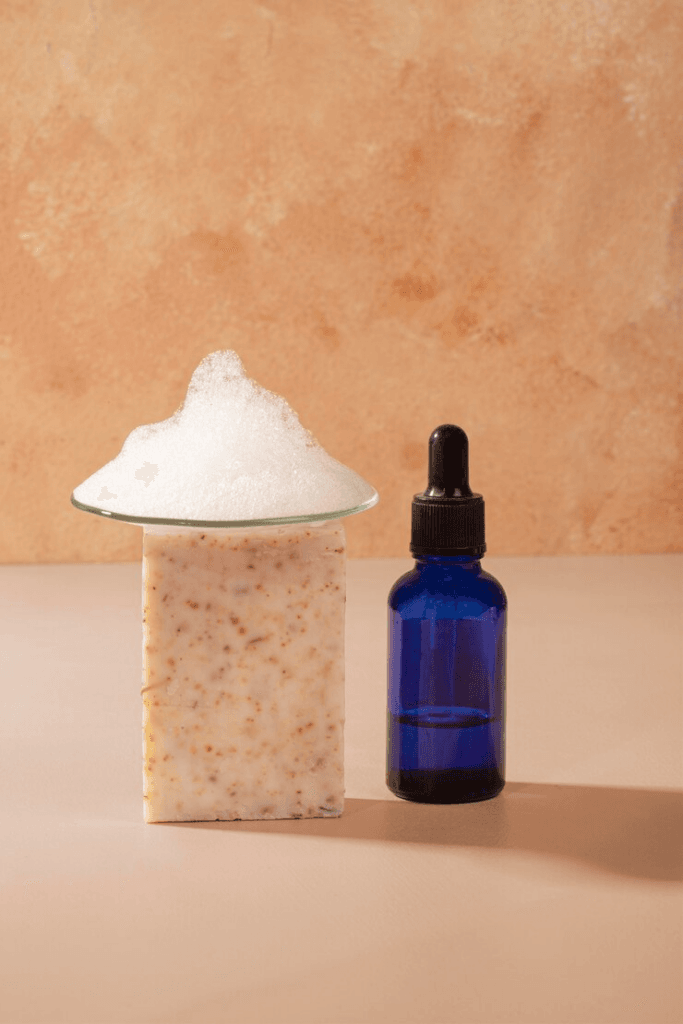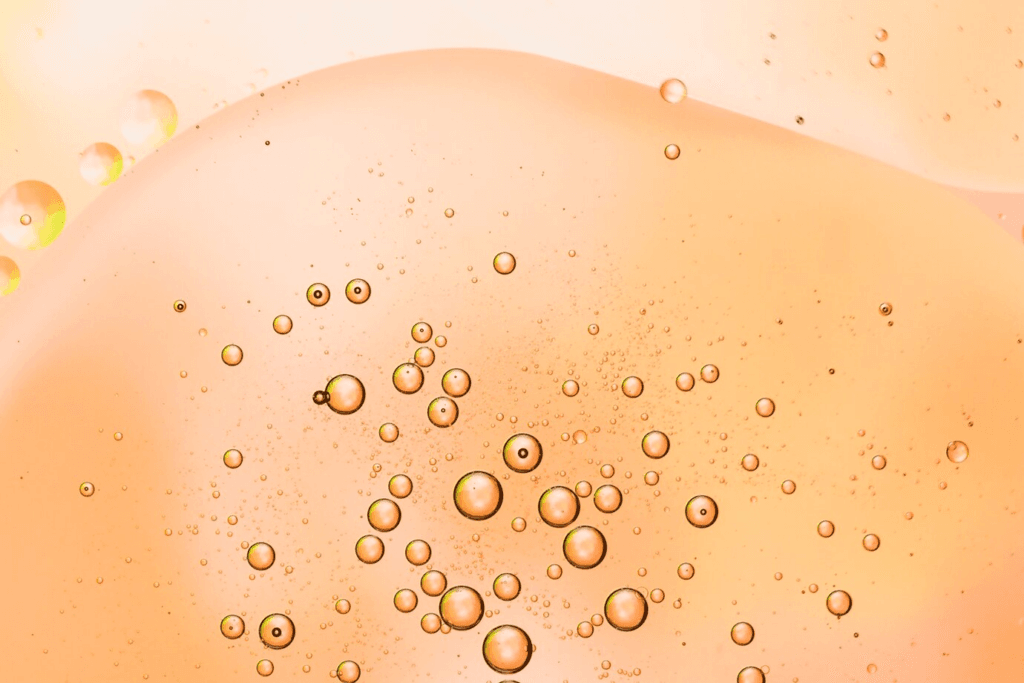Melasma, a common skin condition characterized by dark, discolored patches on the face, can be a frustrating concern. In the pursuit of effective treatments, many turn to kojic acid, a natural skin-lightening agent. This article delves into the potential benefits of kojic acid for melasma, exploring its properties, understanding the condition, and highlighting important considerations.

Kojic Acid: An Overview
Kojic acid is a natural compound derived from certain types of fungi. It possesses skin-lightening properties due to its ability to inhibit tyrosinase, an enzyme involved in melanin production. Melanin is the pigment responsible for skin color, and by reducing its synthesis, kojic acid can help lighten dark spots and improve skin tone.
Understanding Melasma
Melasma is a common skin condition that affects millions of people worldwide. It is characterized by the development of dark, irregular patches on the face, typically on the cheeks, forehead, and upper lip. Melasma is caused by an overproduction of melanin, which can be triggered by various factors, including sun exposure, hormonal changes, and certain medications.
Kojic Acid’s Potential Benefits
Kojic acid has gained attention as a potential treatment for melasma due to its skin-lightening properties. Studies have shown that topical application of kojic acid can help reduce the appearance of dark spots associated with melasma. Its ability to inhibit tyrosinase can effectively decrease melanin production, leading to a gradual lightening of the affected areas.

Considerations and Cautions
While kojic acid may offer potential benefits for melasma, it is important to note certain considerations and cautions. Firstly, kojic acid can cause skin irritation and allergic reactions in some individuals. It is recommended to perform a patch test before using kojic acid products to assess skin sensitivity. Additionally, kojic acid should not be used on broken or inflamed skin. It is also important to avoid excessive sun exposure while using kojic acid, as it can increase the risk of skin damage and hyperpigmentation.
Kojic acid can be a promising treatment option for melasma, offering potential skin-lightening benefits. However, it is crucial to use kojic acid products with caution, considering individual skin sensitivities and potential side effects. Consult a dermatologist or skincare professional for personalized advice and to determine the most suitable treatment approach for your melasma concerns.
Discover the expertise of Dr. Ebru Okyay, your trusted dermatologist in Antalya. Whether you’re looking to address medical skin concerns or enhance your natural beauty with cosmetic treatments, Dr. Okyay is here to help. With personalized care and advanced techniques, achieving your skin goals has never been easier.
FAQ
What is Kojic Acid?
Kojic acid is a natural substance derived from fungi. It’s a popular ingredient in skincare products due to its ability to lighten skin tone and reduce hyperpigmentation. It works by inhibiting the production of melanin, the pigment responsible for skin color.
Is Kojic Acid Effective for Melasma?
Kojic acid can be effective in treating melasma, especially when used consistently over an extended period. It helps to fade dark spots and even out skin tone. However, it’s important to note that results may vary depending on individual skin type and severity of melasma.
How to Use Kojic Acid for Melasma?
Kojic acid is typically available in various skincare products such as creams, serums, and soaps. Follow the specific instructions on the product label. Generally, it’s recommended to apply the product to the affected areas twice a day, morning and night.
Are There Any Side Effects of Kojic Acid?
Kojic acid is generally well-tolerated, but some people may experience mild side effects like skin irritation, dryness, or redness. It’s important to perform a patch test before using a new product to check for any adverse reactions. If you experience severe side effects, discontinue use and consult a dermatologist.
How Long Does It Take to See Results with Kojic Acid?
The timeline for seeing results with Kojic acid can vary. It may take several weeks or even months to notice significant improvement. Consistency is key, so be patient and continue using the product as directed.
Can I Use Kojic Acid with Other Treatments?
Kojic acid can be used in conjunction with other treatments for melasma, such as hydroquinone or azelaic acid. However, it’s essential to consult with a dermatologist to determine the best combination of treatments for your specific1 skin condition.
Can Kojic Acid Cause Sun Sensitivity?
Kojic acid can increase skin’s sensitivity to sunlight. Therefore, it’s crucial to wear broad-spectrum sunscreen with an SPF of 30 or higher daily, even on cloudy days. Additionally, limit sun exposure, especially during peak hours.
